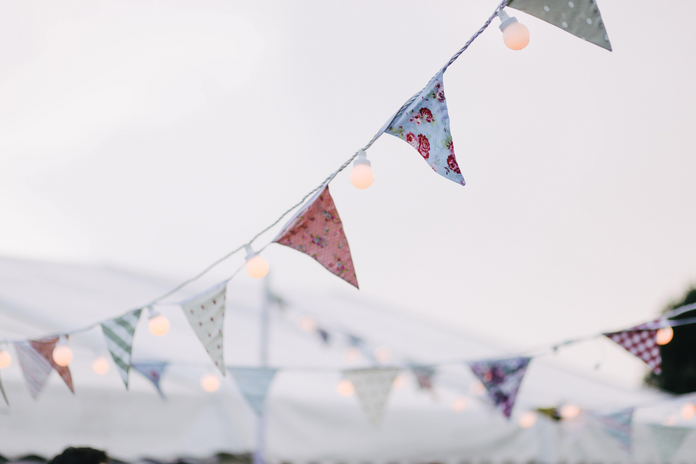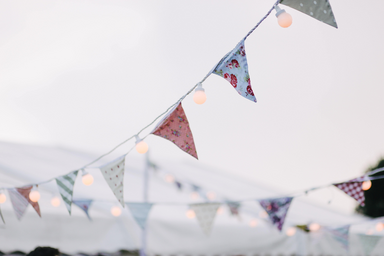In 2018, the average American spent over three hours on their phone every day. That adds up to about one full day a week spent staring at our screens. With the semester winding down and finals just around the corner, our schedules seem to be getting more and more busy. I decided to track my screen time for a week in hopes to be more productive and proactive with my schoolwork.
First, I wanted to see what my screen time habits were without tracking myself. Using the “screen time” option located in settings on my iPhone, I found that I averaged 3 hours and 32 minutes daily, spending a total of 10 hours on social media over the course of a week and 24 hours and 49 minutes for the entire week. Stunned by my results, I knew I had challenge ahead of me.
The screentime option allows me to set daily time limits for app categories I want to manage. When it comes to screen time, social media is my weakness. So for Monday, I set a limit of 30 minutes on all social networking apps. Luckily, the first day wasn’t a huge challenge since I had three classes, homework and soccer practice. I was able to start the week off strong by spending only 1 hour and 27 minutes on my phone. Tuesday through Sunday went fairly similar, averaging around 1.5-2 hours daily on my phone, but what I learned will stick with my throughout the rest of the school year.
First, I learned that when you set a limit for a social media and you exceed that limit for the day, a white screen pops up when you open the app that informs you that you have used up all your screen time for the day. From there you have two options: 1) to not use that app for the rest of the day or 2) to click the ignore button which gives you the option to either remind you again in fifteen minutes that you have surpassed the limit or to ignore it for the rest of the day.
This option helps me be more conscious of the amount of time I’m spending on social media, while also giving me the option to use the apps past the time limit if I really wanted to.
My favorite thing about the app limit feature is that once you’ve reached your limit, you will no longer receive notifications from that app for the rest of the day. This is valuable because you avoid constant distractions from notifications on your screen, so you feel less obligated to check your phone.
On Thursday night, I had a couple friends over my dorm room. We used our phones to look up pictures of our favorite celebrities, snapchat together, share memes or play mindless games. I learned how much our phones are integrated into social situations, whether it be a distraction or a way to cover up awkward pauses in conversation. Our phones are always there to comfort us.
Finally, I realize that it was easier for me to spend time away from my phone because it was so nice outside when I did this experiment. In the dead of winter, the time I spend outside at soccer practice or reading on the quad would’ve instead been wasted in my bed on my phone. Transitioning to spring is a perfect opportunity to start limiting your screen time and instead enjoy some time under the sun. For me, that meant something as simple as going to Georgetown to get ice cream from Ben and Jerry’s on free cone day with a friend or doing homework on the quad.
In the end, I totaled 13 hours and 14 minutes on my phone for the entire week, which is 11 hours and 35 minutes less than the week before. I managed to finish the week with just over 2 hours total on instagram, which is 4 hours down from last week.
Looking back, I think I made huge improvements by tracking and limiting my screen time. From here, I plan to stick to the 30 minute social media limit because it is nice to have a reminder to stay off my phone and practice self control, especially during finals season.
(Image credit: 1)



